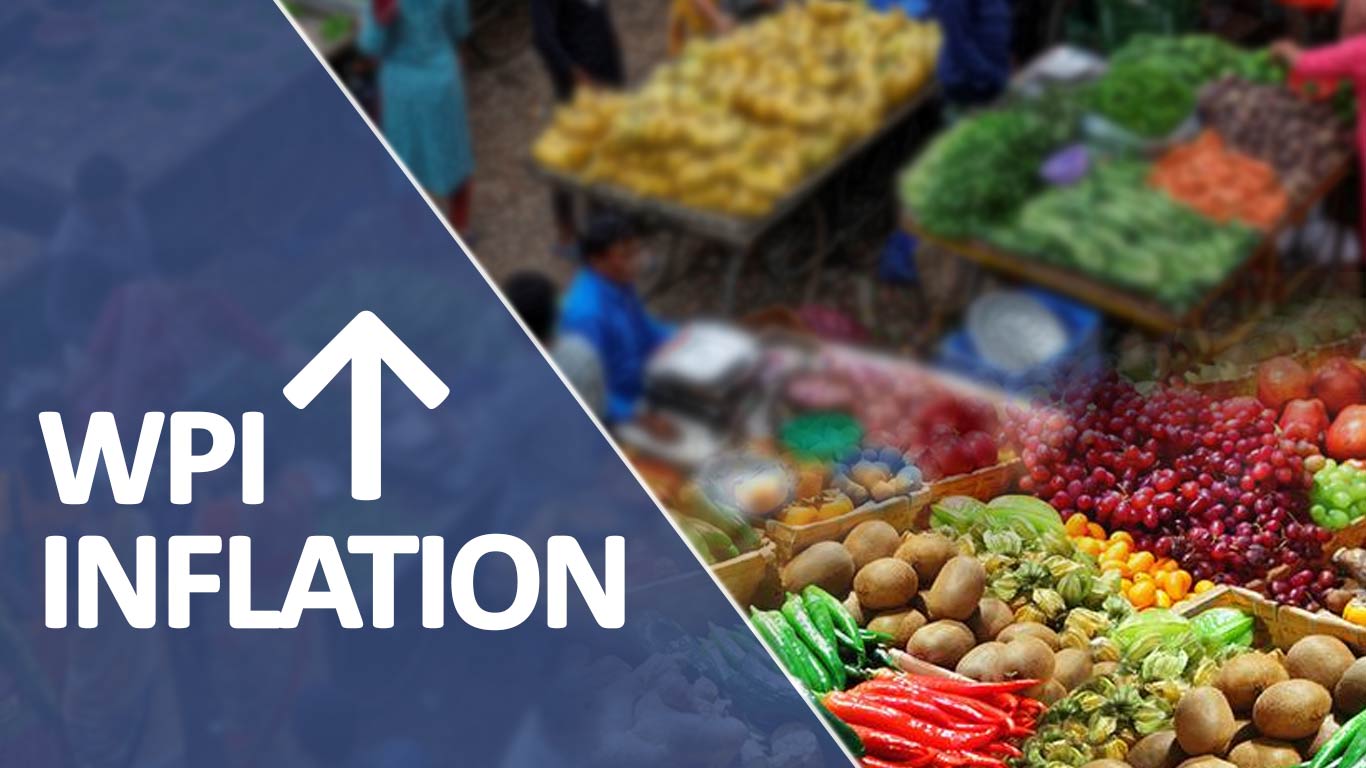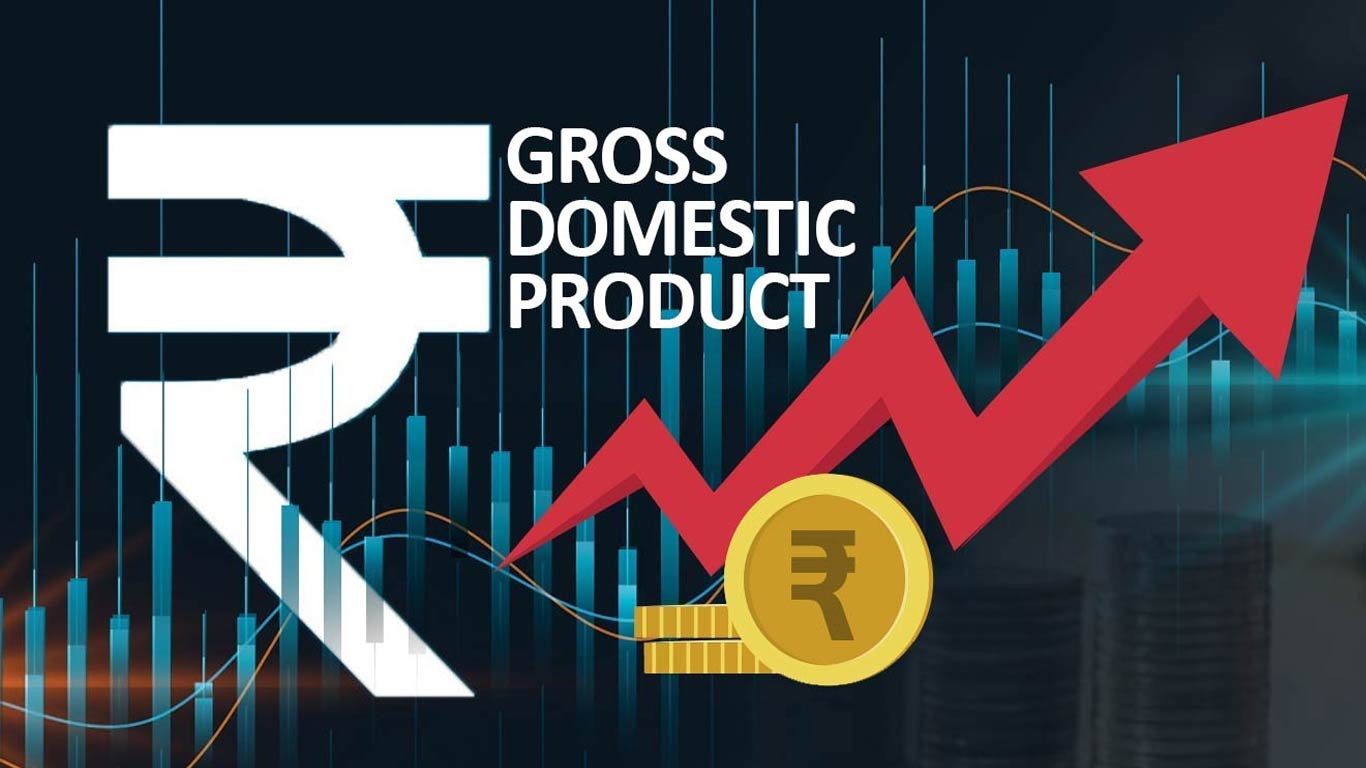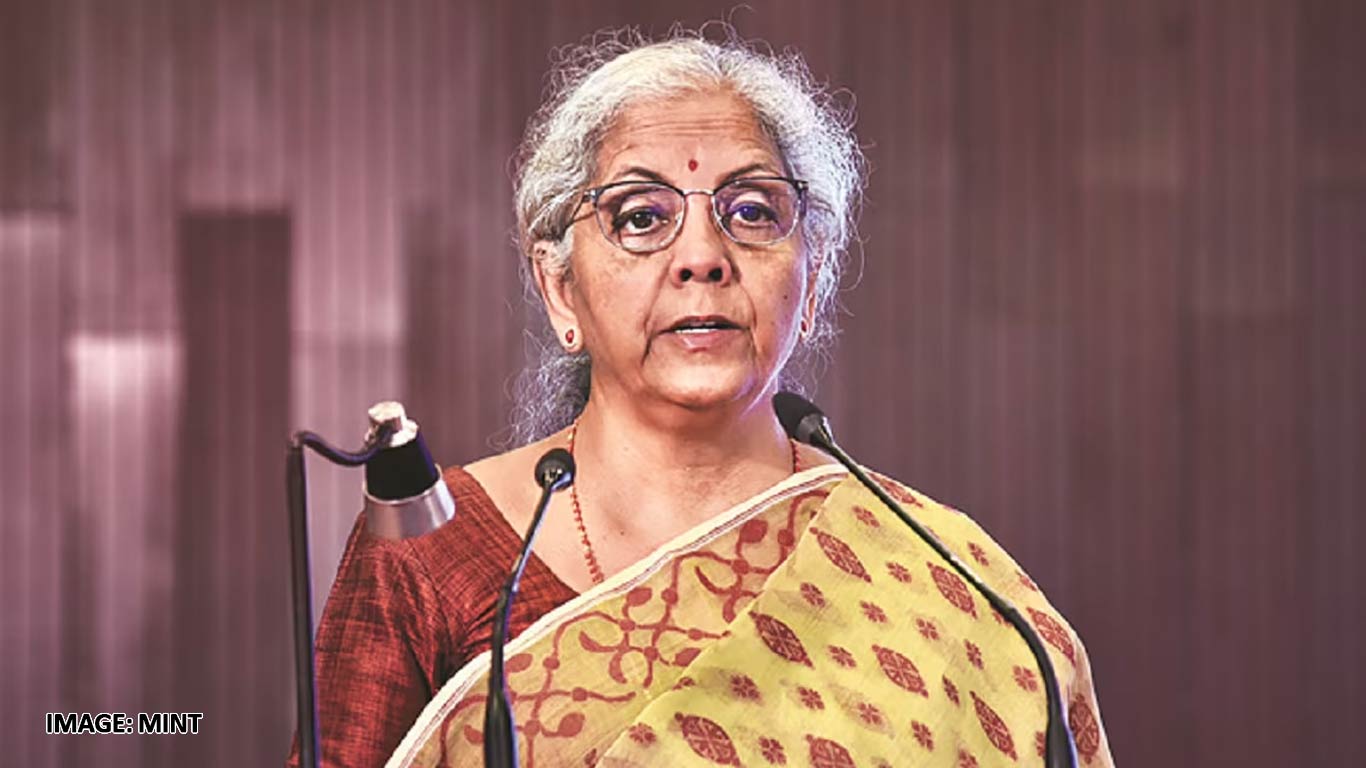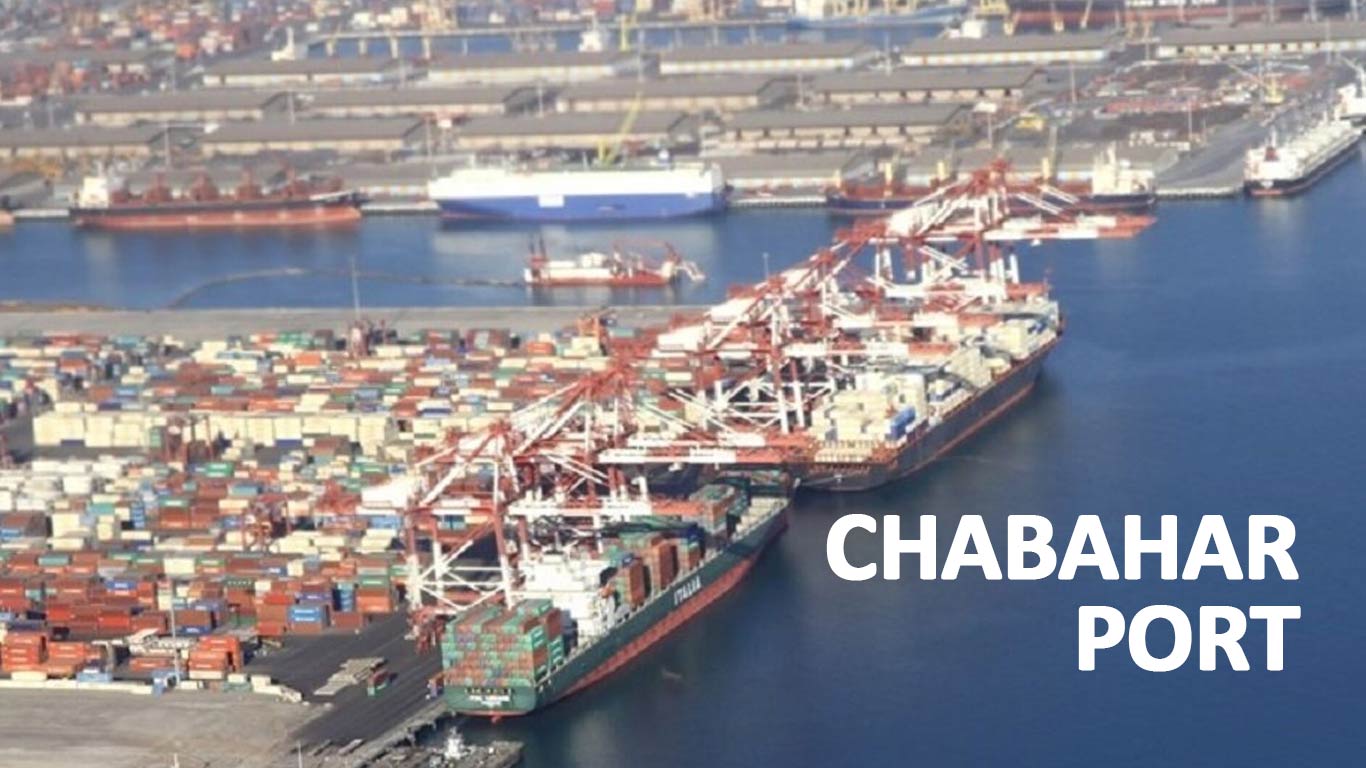No crisis in India on export front, no need for alarm: Commerce Ministry
Updated: Dec 22, 2015 04:48:36pm

“A general sense of alarm has been generated by the publication of figures of India's exports in recent months,” the Ministry said.
During the period April-November 2015 total exports in dollar terms were USD 174.3 billion which shows a decline of 18.5% over corresponding period figure of USD 213.8 billion in 2014. Ironically, the latest Index of Industrial Production (IIP) figures for October 2015 show considerable growth at 9.8% over the previous year. For the cumulative period April - October 2015 growth in IIP was 4.8%, more than double the growth recorded (2.2% during April - October 2014) in corresponding period during 2014.
“A closer look at the trade figures gives a satisfactory explanation for divergence in these figures,” said the Ministry.
Petroleum product exports have fallen by 52%. In the case of petroleum products, there has been steep decline in raw material prices, namely, crude oil. If exports of petroleum products are excluded, then the decline in exports is only 9.6% in dollars. In rupee terms non-oil exports have declined by only 3.7%. Similarly, export in gems and jewellery sector have fallen by 9.5%. In this case also there is a significant decline in raw material price, namely, gold. Hence the declines in exports in these categories are a reflection of changing import prices, the Ministry release added.
Decline in non-oil & non-gems and jewellery export for the reporting period is 9.7% in dollar terms and only 3.7% in rupee terms. “Thus the basic picture emerging is that excluding petroleum and gems & jewellery, India's exports have not declined significantly.”
While several sectors have shown declines, some have shown increases e.g. ready-made garments of all textiles, carpets, handicrafts, jute manufacturing, drugs and pharmaceuticals, ceramic products & glassware, tea, cereal preparations & miscellaneous processed items.
“Indeed, the nominal decline must be compared with the rate of inflation,” the Ministry said.
For the purpose of measuring the real value of exports which are essentially wholesale transactions, it is the WPI rather than the Consumer Price Index which is more relevant. When the export figure in rupees is compared with the average negative WPI inflation rate of (-) 3.3%, the fall in exports in real terms is likely to be negligible in volume terms.
The fall in exports has to be viewed in the context of sluggish global trade volumes. “If the drop in export is resulting in increased current account deficit or/and reduction in growth of GDP then there could be a need for alarm,” pointed the Ministry.
The Current account deficit is down to 1.2% of GDP from the alarmingly high level of 4.8% of GDP in 2012-13 and the rupee has gone from being one of the worst performing currencies to one of the best performing currencies against the dollar during the current financial year.
Even though contribution of exports in GDP has declined from 25.2% in 2013-14 to 21.2% in the first half of 2015-16, the growth in GDP in H1 of current financial year at 7.2% is higher than the growth of 6.6% recorded during 2013-14. Thus the drop in export has not reduced the pace of growth in the economy and it has been compensated by domestic demand. An example of this is Engineering Goods: exports have fallen by 14% in dollar terms but IIP data for April - October 2015 for capital goods shows a growth of 8.9%, said the Ministry. (KNN Bureau)











